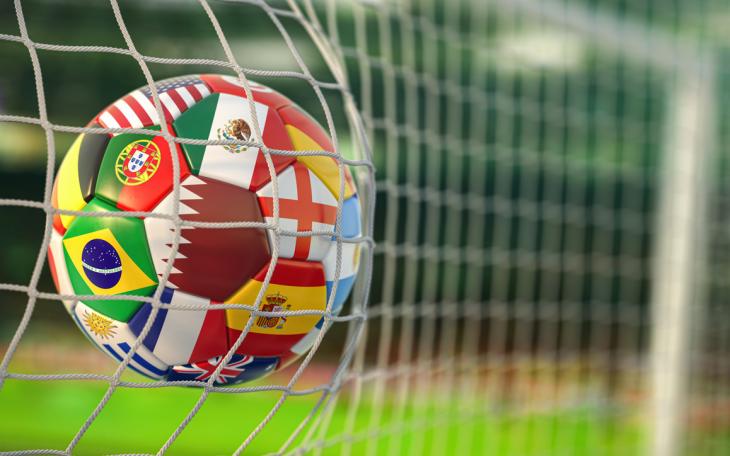Football – the international language for men and women

On Sunday 20th August, people from across the globe tuned in to watch England’s Lionesses take on Spain’s national women’s team in a battle to become the winners of the Women’s Football World Cup. The whole tournament had us captivated and as an England supporter I, along with the rest of the nation, was kept on my toes, as we came up against fierce opponents like Nigeria and Colombia.
Football brings us together and is the international language of the world. You can be a million miles away and see young children walking around with ‘Beckham’ on their backs. Not understanding a word of each other’s language but finding football as the common ground and being able to form a conversation out of names like ‘Messi’, ‘Ronaldo’ and ‘Mbappe’.
Now ‘international’ doesn’t specify by gender and why, like the men’s game, the 2023 Women’s World Cup had the whole world watching. A few stats to demonstrate below:
- At the Women's World Cup in 2019, 1.12 billion people tuned in globally to watch the tournament according to a FIFA survey. For this year’s tournament, we saw over 2 billion viewers tune in.
- China recorded the highest TV audience for a single game at this year’s World Cup with 53.9 million tuning in for their loss to England.
- The BBC announced a peak audience of 12 million viewers on BBC One for the final against Spain, higher than the men's Wimbledon final in July which peaked at 11.3 million.
The numbers speak for themselves. The women’s game is gaining momentum, quickly. Despite losing to Spain on Sunday, our Lionesses in the UK and globally have made a gigantic step in moving the dial and inspiring young girls.
And it’s not just football that has dominated our screens this summer. Our women’s cricket team battled it out for the Ashes, and our netball team made it to the final of the Netball World Cup in South Africa, again battling it out with Australia. Additionally, we’ve just had the Women’s Golf Open at St Andrews, and not to forget the unbelievable matches played by female tennis players at Wimbledon this summer.
The financial backing behind women’s sports is ever-growing, but I do continue to find myself in conversations with individuals who are baffled that women’s sports are becoming so prominent. The back and forth about women and men receiving the same pay, the same prize money, and the same training facilities go on and on. I completely understand the men’s game for most sports has been around for longer, it’s engraved in our culture, but women are also able to play the same sports and perform at the same level as men. Women’s football may be played with different tactics to the male game, a female tennis star’s serve may not be as powerful as Rafa Nadal, but we’re playing, making the same sacrifices, and dedicating the same amount of time.
The Women’s world cup showed how football is the international language of the world for all genders, so maybe in the not-so-distant future, when trying to make conversation and struggling with a language barrier, I hope names like ‘Alex Greenwood, ‘Chloe Kelly’, ‘Marta’ and ‘Salma Paralluelo’, will be used when leaning on football to be the common ground.








